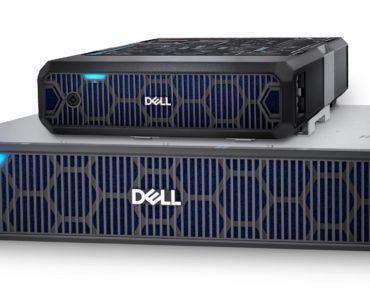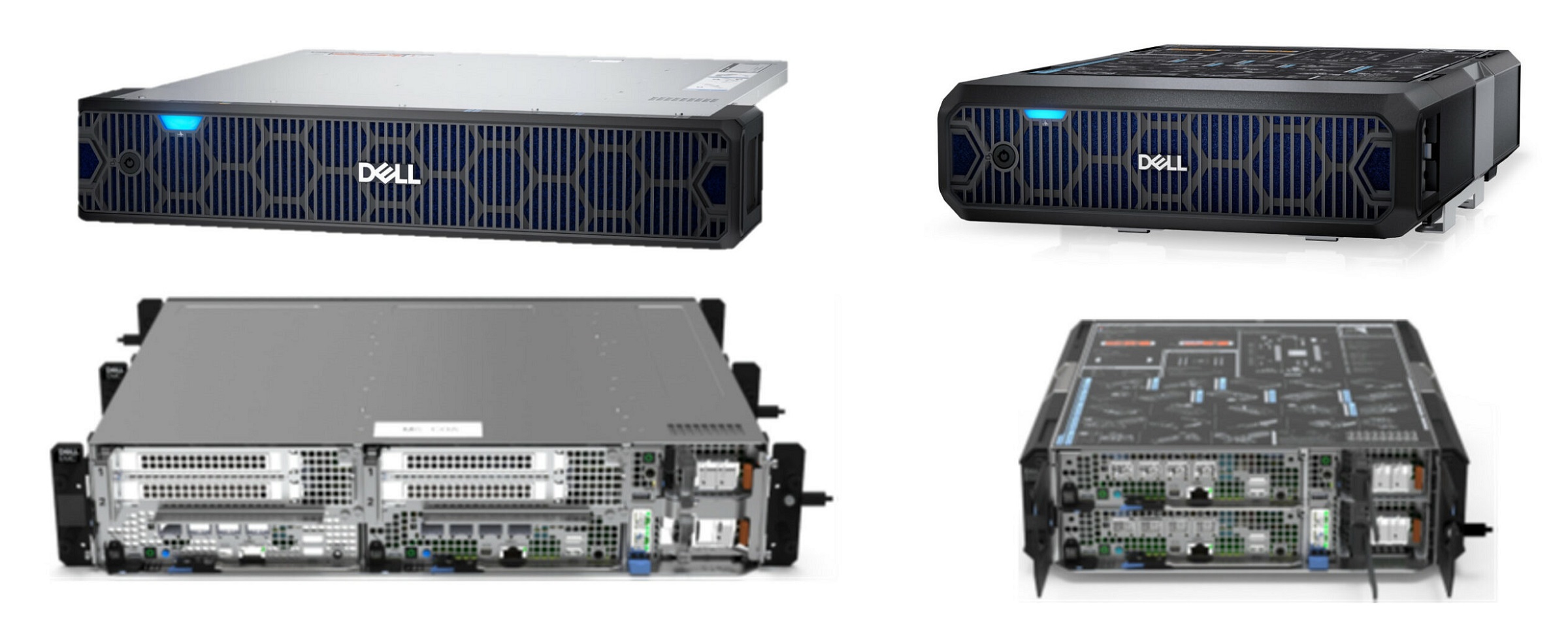Dell Reaches the Edge for AI in Multicloud Products

Dell is realizing the future of artificial intelligence is highly distributed, with smaller computers on robots, sensors, cars and other devices feeding information to successfully train larger learning models residing in larger data centers.
The idea of edge computing – which is intertwined with the Internet-of-Things – isn't exactly new, but Dell is expanding its product portfolio to get a better hold on data coming from remote devices. The company's Project Frontier, announced this week, is a software platform that makes it easier for customers to deploy and manage edge devices remotely.
The software, which will become widely available in 2023, is part of Dell's larger multicloud strategy, which is largely built on Project Apex, which is a service to manage IT infrastructure – including compute resources, software and hardware – in far flung areas.
"Multicloud is really how we aggregate many clouds to start to behave as a single system," said Jeff Clarke, vice chairman and co-chief operating officer for Dell, during a press conference on Wednesday.
Project Frontier allows the onboarding of smaller devices, such as machines or robots in factories, to a multicloud system. Clarke provided another example of video surveillance equipment that can be easily plugged and managed via the cloud service, with the data feeding into larger learning models.
"We're reaching that now with the ability with this abstracted software platform to make it easy to securely deploy and manage infrastructure at the edge at scale," Clarke said.
Cloud services originally were concentrated at mega data centers, but are now expanding geographically to include edge devices. This change is coming as more data is collected from edge devices and communication networks go wireless and become faster and wider.
Data is traveling over longer distances, and there are more checkpoints with computing resources that analyze raw data to make sure only relevant information is sent back to data centers. For example, AI chips are being placed at cell towers to analyze incoming data.
"Because more of it is done at the edge now than before, and because there's a proliferation of devices, the sheer scale is much larger. You have to rethink how you do the same thing," said Gil Shneorson, the senior vice president for the edge portfolio at Dell's Infrastructure Solutions Group, during a product briefing.
Project Frontier helps the clouds and systems to behave as a single pool, and edge devices can be easily plugged into the stack.
The environment includes tightly integrated software, hardware and remote infrastructure management. The software stack is built on Kubernetes to spin and manage virtual machines, and adds a tamper-proof layer to protect edge devices.
Depending on customer requirements and budget, the service will be delivered as an on-premise deployment in their own data center or cloud properties, with the application orchestration tying it all together, Shneorson said.
Dell's cloud competitors, including the top three cloud providers Amazon Web Services, Microsoft Azure and Google Cloud, already offer edge services. Telecom providers, which own the large communication networks, will also be key in helping cloud providers deliver edge services. Google has already partnered with Verizon and AT&T on the Distributed Cloud Edge, while AWS is also partnering with carriers on edge computing and IoT services.
Dell did not comment on third-party edge devices it was qualifying for its edge computing platform. Instead, it has qualified only internal devices.
“The full breadth of Dell's hardware portfolio will be supported as part of our vision for the edge platform, starting with products such as PowerEdge XR4000 servers, Edge Gateways 5200 and 3200, and OptiPlex XE4 desktops PCs, and the accelerators that are available on those platforms,” a Dell spokesperson said.

Front and rear views of the Dell PowerEdge XR4000 “rackable” (left) and “stackable” (right) Edge Optimized Servers.
But Dell, like it has previously done with Apex and other cloud offerings, is willing to work with devices and software based on client needs. The goal is to simplify edge operations for customers and deliver better levels of automation and remote management of devices and software in the cloud environments. The company’s Project Alpine, which is in preview, will allow customers to link up internal clouds to public clouds offered by companies like Amazon, Microsoft and Google.
Customers will also have a choice of IoT runtimes and software stacks.












